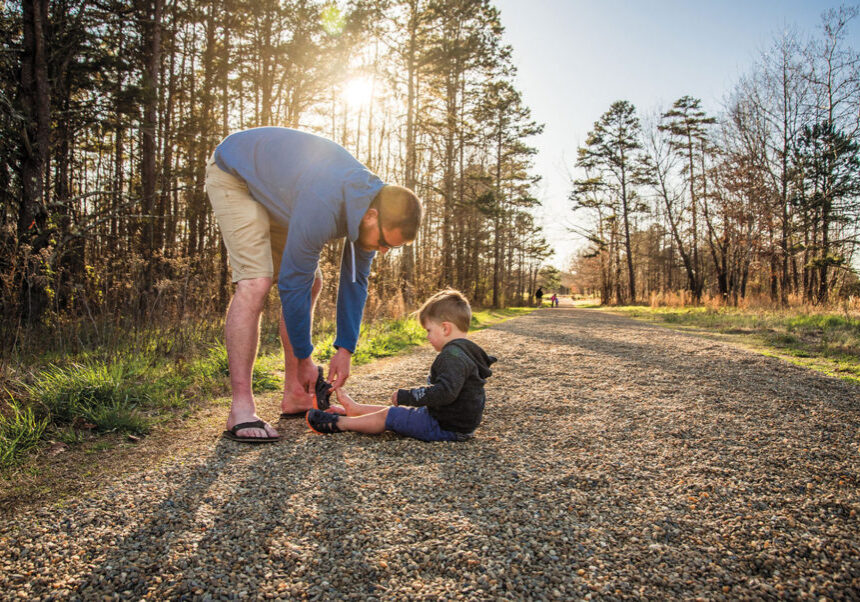When my brother and I were around 8 and 10 years old, our parents started taking us on wilderness camping trips. They taught us as a matter of course to leave no trace wherever we hiked or camped. I remember one trip we made deep into a canyon along the upper middle fork of Feather River. When we reached a remote campsite on an island in the middle of the river, we found a half-burnt sleeping bag and beer bottles strewn all over the area. Even though we had our own gear and trash to pack on a steep hours-long hike back out of the canyon, our parents insisted we also pack out the sleeping bag and beer bottles. They taught us the importance of leaving each campsite as pristine as possible so these beautiful wild places can be enjoyed by others for years to come.
Since then, I have discovered the Leave No Trace 7 principles, outlined on the Leave No Trace website. These science and research-based principles, when adhered to, can help preserve our environment and keep natural habitats relatively unspoiled.
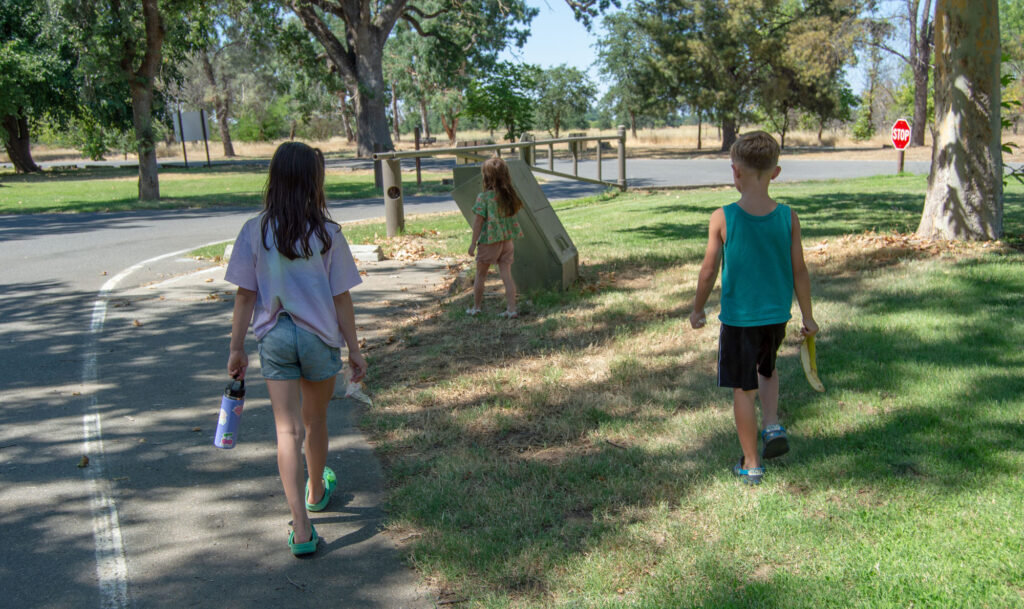
Plan Ahead for Your Camping or Hiking Adventure
Plan your camping trip ahead of time, checking weather conditions and trail maps for closures and rough or steep terrain. Not being prepared for changing weather or difficult trials can lead to setting up camp late at night and consequently choosing poor campsite areas, which can lead to resource damage.
Travel and Camp on Durable Surfaces
Strive to hike and camp in natural areas while minimizing damage to natural surroundings. Stay on established trails, don’t shortcut switchbacks, and don’t break branches or walk on delicate vegetation. Damage occurs when surface vegetation or communities of organisms are trampled beyond recovery.
Choose durable surfaces on which to camp to help preserve delicate natural landscapes. Durable surfaces include rock, sand, gravel, dry grasses, ice and snow. In desert areas, avoid trampling puddles and mudholes, as these are rare oases of moisture for local animals and insects.
Campsite tips:
- Pitch your tent in already established camping areas.
- Use established firepits rather than starting a new pit or fire ring.
- Camp at least 200 feet from water sources, to avoid water contamination.
Click Here for tips for Leave No Trace hiking off trail and backcountry camping.
 Dispose of Waste Properly
Dispose of Waste Properly
“Pack it in, Pack it out” is the motto of good land stewards. Check carefully throughout your campsite and rest areas for trash or spilled foods. When camping with children, it can be challenging while preparing to leave a campground to get everything packed and everyone and all the camping gear into the car. Consequently, patrolling the camping area for trash and micro-trash can get lost in the shuffle. Making a game out of hunting up trash can get everyone in on cleaning the campsite, and many hands make light work.
Butte mom Kim, mother of five, takes the time to teach her children to, as she says, “leave the area as we found it”. Kim has been taking her children camping since her oldest, now nine, was just one, and has from the beginning made it a habit to leave no trace. “Because we make a big deal about leaving a clean campsite, my children point out when others have left trash and we make sure to pick up that trash, too.”
The Leave No Trace organization emphasizes how critical to wildlife it is to pack out kitchen waste, such as bacon grease and leftovers. Don’t count on a fire to dispose of it. Garbage that is half-burned or buried will still attract animals and make a site unattractive to other visitors. Carry washing water 200 feet away from streams or lakes. Strain dirty dishwater with a fine mesh strainer before scattering it broadly well away from camp to avoid attracting animals. Pack out the contents of the strainer in a plastic bag along with any uneaten leftovers. Soap, even when it’s biodegradable, can affect the water quality of lakes and streams, so minimize its use.
Avoid leaving micro-trash. When clipping your fishing lines to attach bait or lures, clip them into your pack or fishing bag rather than leaving them on the ground. Carry plastic bags to haul out the trash that you and others before you have created.
Low Waste Tips From Leave No Trace:
- Planning for one-pot meals and light weight snacks lightens loads and decreases garbage.
- To reduce garbage that must be packed out or buried, remove packaged food from its commercial packing and place in sealable bags before packing your backpacks. (Cut instructions from the package and include them in the resealable bag). Empty bags can be placed inside each other and packed out for reuse at home.
Click Here for tips on how to leave no trace when taking those inevitable “bathroom breaks” on the trail.
Leave What You Find
Natural objects such as antlers, petrified wood or colored rocks add to beauty of natural landscapes and should be left so others can experience a sense of discovery. In national parks and many other protected places, it is illegal to remove natural objects or cultural objects found on public lands.
Leave No Trace admonishes campers not to dig trenches or construct lean-tos, tables, chairs or other rudimentary improvements. If you clear an area of surface rocks, twigs or pinecones, replace them before leaving. Don’t hammer nails into trees for hanging things, hack at them with hatchets and saws or tie tent guy lines to trunks. Carving initials into trees is unacceptable.
Picking a few flowers may seem harmless. But, if every visitor thought “I’ll just take a few,” soon the blooming flowers would be decimated. Take a picture or encourage your child to sketch the flower instead of picking it.
Minimize Campfire Impacts
In most places in California campfires are not allowed most of the year. Exceptions might be made in snowy areas, but it can be difficult to build a fire in wet, snowy conditions, and firewood can be hard to find.
Consider using a camp stove. They are fast, flexible and don’t require campers to search out scarce firewood. Stoves operate in almost any weather condition—and they leave no trace.
If conditions and laws allow you to build a campfire, buy local wood or use downed dry wood. Do not bring wood from outside the local area, as outside pests can be brought in on non-local wood. Don’t build new fire rings when established fire rings are available. Avoid building fires next to rock outcrops where the black scars will remain for many years.
Click here for more information on best types of fires to build, fire safety and other fire and cooking tips.
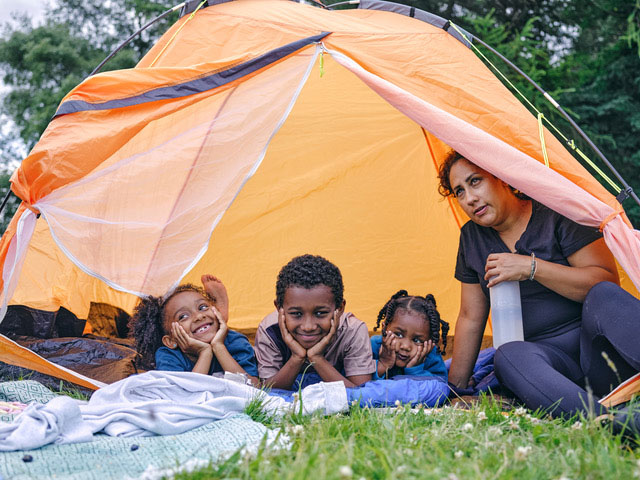
Respect Wildlife
Leave No Trace warns that wildlife can be unpredictable. Do not touch, get close to, feed, or pick up wild animals. It is stressful to the animal, and it is possible that the animal may harbor rabies or other diseases. Observe wildlife from a distance so they are not scared or forced to flee.
Human food is not safe for wildlife. Consumption of human food can lead to dangerous habit changes and lead to human-wildlife conflicts. Food, trash and any other items with a scent should be securely stored out of the reach of animals while you are camping.
Locate your camp at least 200 ft away from water sources to allow animals free access to the water.
Be Considerate of Others
When camping and hiking outdoors near others, treat them as you would like to be treated: with courtesy. Many people come to the outdoors to listen to nature. Excessive noise, uncontrolled pets and damaged surroundings can spoil this experience for your fellow campers and hikers.
Click here for generally accepted rules regarding sharing trails with other hikers, bikers, and equestrians.
It takes all of us to preserve the natural beauty of our wild landscapes. Teaching our children by example to leave no trace when enjoying the outdoors will help ensure your fellow hikers and campers, your children, grandchildren and many generations to come can experience the unique natural treasures that abound in California and throughout the world.
Information for this article was drawn from the Leave No Trace organization. For more information on how to Leave No Trace, go to LNT.org.
Posted in: Out & About
Comment Policy: All viewpoints are welcome, but comments should remain relevant. Personal attacks, profanity, and aggressive behavior are not allowed. No spam, advertising, or promoting of products/services. Please, only use your real name and limit the amount of links submitted in your comment.
You Might Also Like...
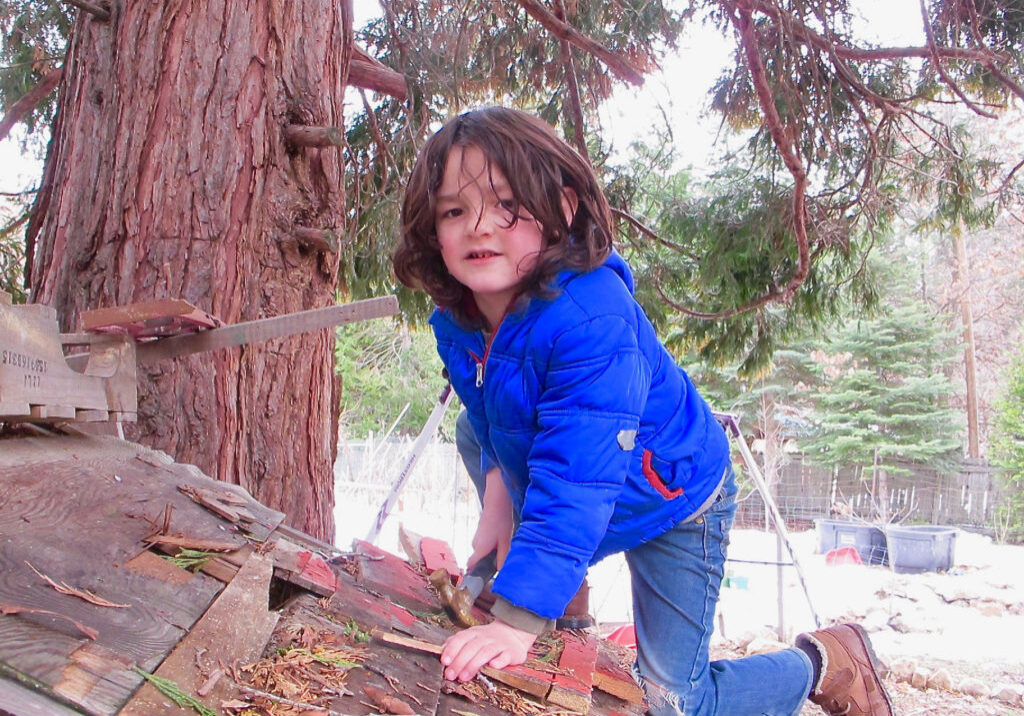
16 Reasons To Build A Fort In The Woods
April 22 is Earth Day, so check out our reasons as to why you should build a fort! 1. As an excuse (if you need one) to go outdoors. 2. […]
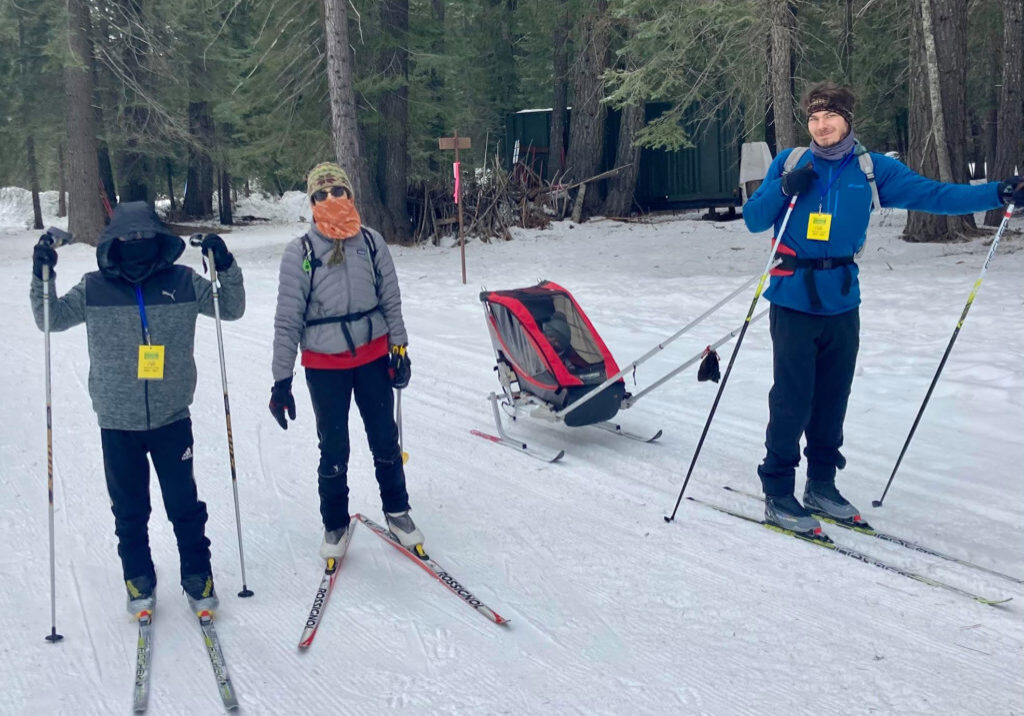
Mt Shasta Nordic Center Inspires An Active Winter Lifestyle
Mt. Shasta Nordic Center offers the only groomed cross country ski trails between Bend, OR and Truckee, CA. — a wonderful outdoor space with programs for a diverse population on […]
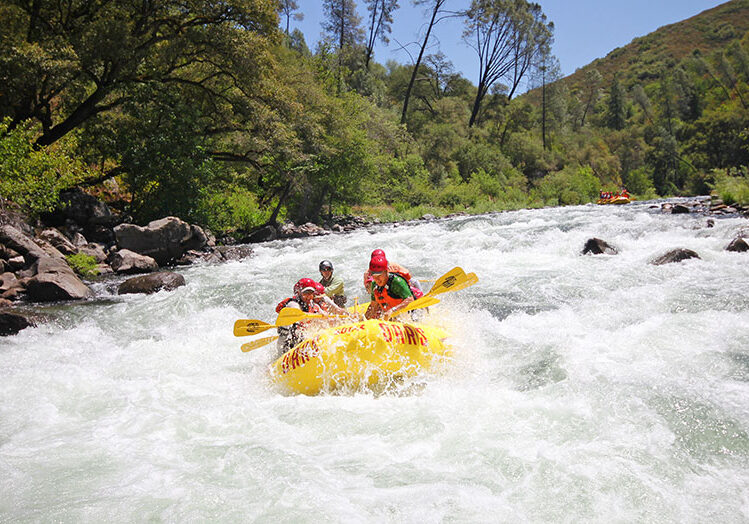
Getting More Than Usual Out of Your Next Family Vacation
If the kids haven’t brought it up yet, it’s only a matter of time. “What are we doing for summer vacation this year?” The best vacations are those where the […]
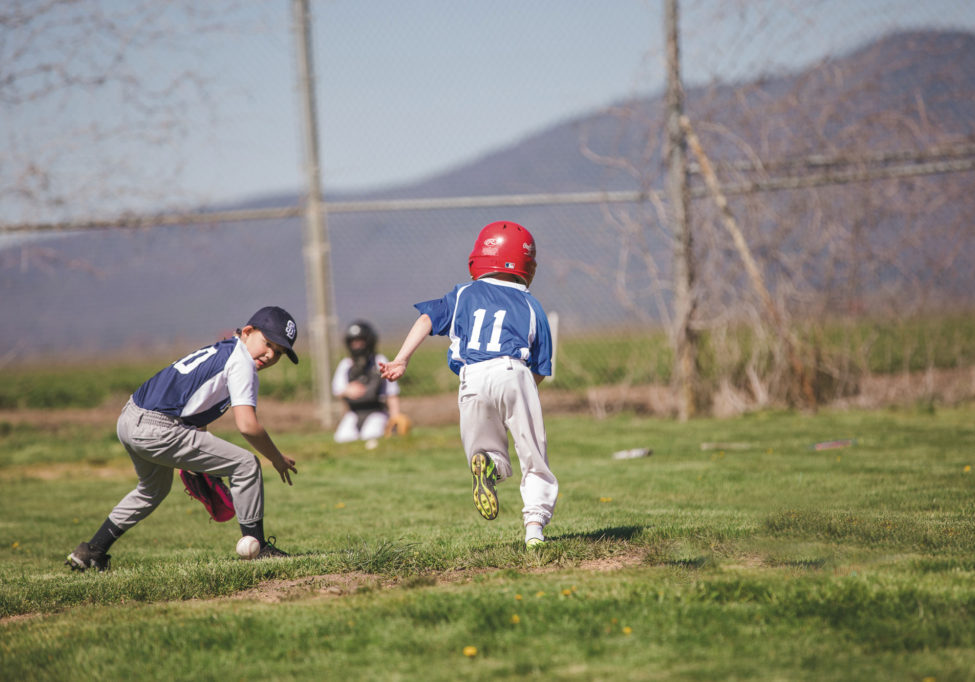
Lasting Benefits of Sports for Kids
Parents want their kids to have an active and healthy lifestyle, and many sign them up for sports hoping to help them develop healthy lifelong habits and a love for […]



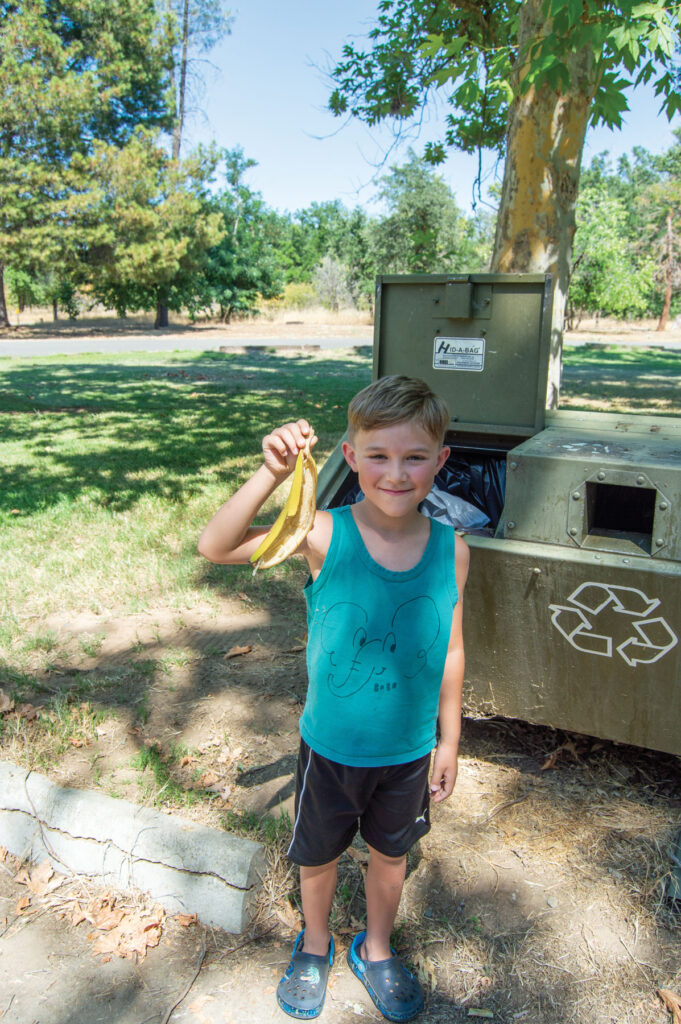 Dispose of Waste Properly
Dispose of Waste Properly
